Main contractor Buckingham Group oversaw the installation by specialist SH Structures of the 49 metre long pedestrian crossing.
The bridge was eased into place using two huge mobile transporter units.
The transporter units, remotely controlled by specialist operators, slowly swept around on a path of around 100m to position the bridge above the abutments.
The bridge was lowered on pneumatic jacks pre-installed on the abutments. Once the bridge was in place the jacks were altered to fine-tune the bridge position. The bridge was then fixed in place and the jacks removed.
Swansea Council leader Rob Stewart said: “This is another big milestone in the transformation of our city.
“The bridge will become a stunning new landmark for the city and an emblem nationally and internationally of a modern welcoming city.”
“The work we’re doing couldn’t be more timely for Swansea and Wales as we emerge from the pandemic.
Swansea-born artist Marc Rees, who designed the pattern on the bridge’s side panels in collaboration with architects ACME, said: “It’s been a difficult time recently, especially for the cultural sector, so the bridge installation is timely as we need a positive and aspirational symbol.”
Friedrich Ludewig, Design Director for ACME said: “The new bridge is a true piece of international innovation for Swansea.
“ACME worked with Brussels-based structural engineers Ney & Partner to design this bridge made from steel plate.
“The iconic arch stabilizes the super-slender bridge deck and creates a new urban space floating over the road, enclosed by patterned steel offering glimpses across the road, the arena and the new coastal park.
“Until now, Oystermouth Road was for cars, not people. The bridge will be a stepping stone for a greener and more liveable Swansea city centre.”





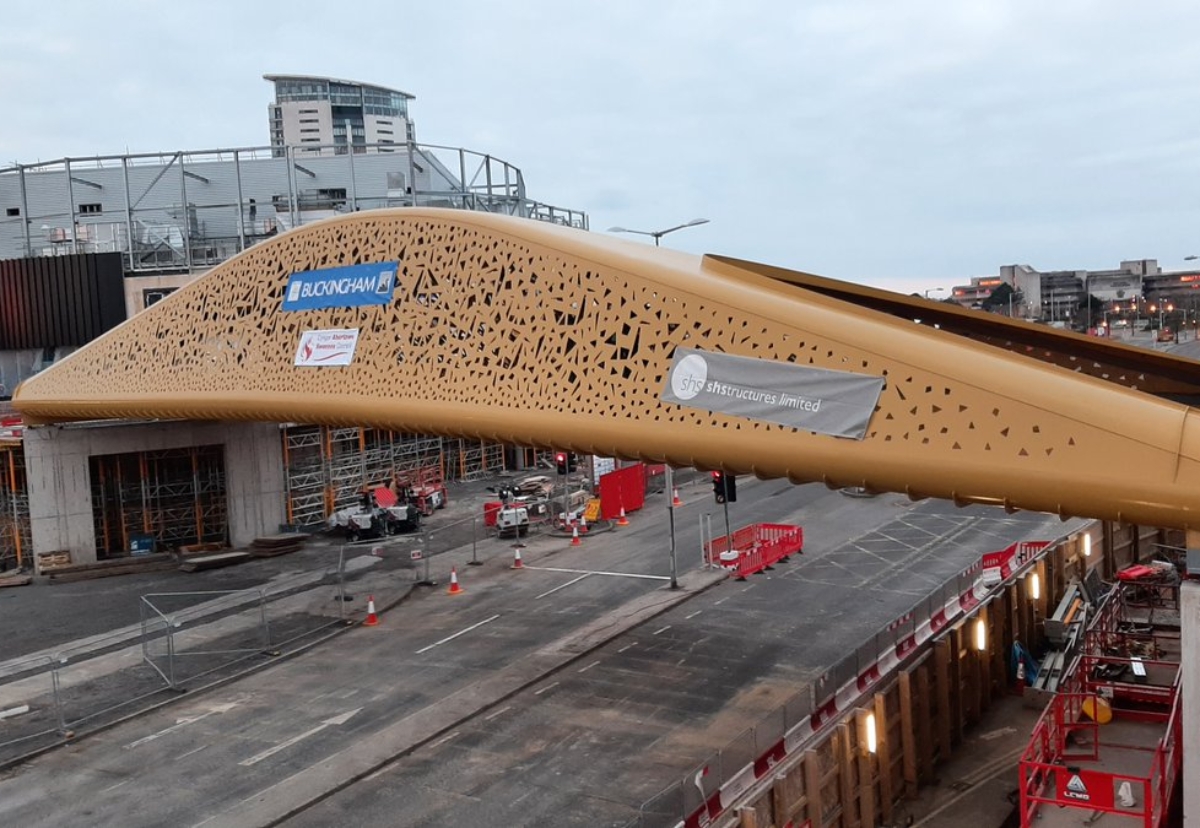




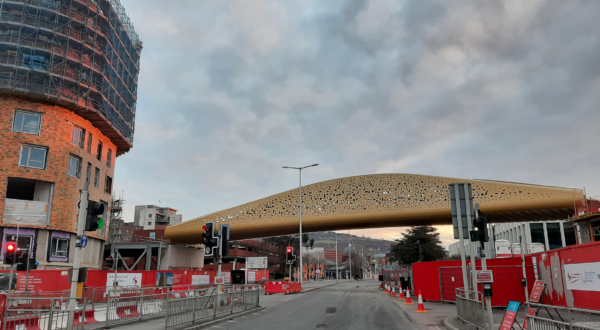




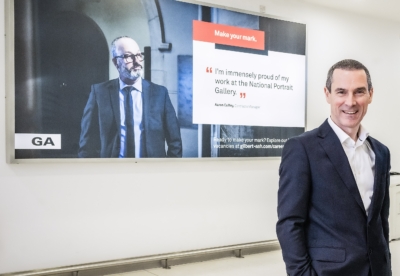
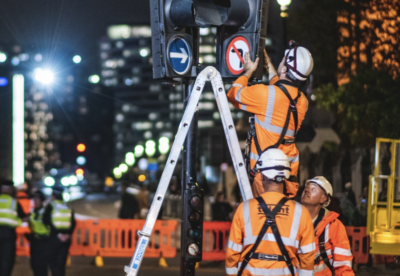



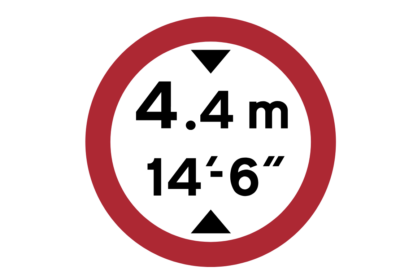

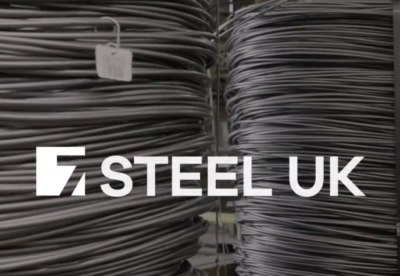





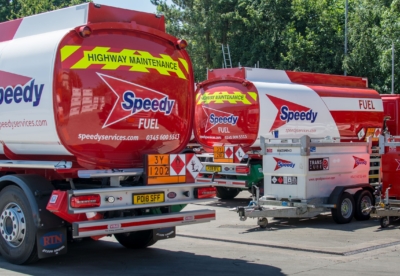





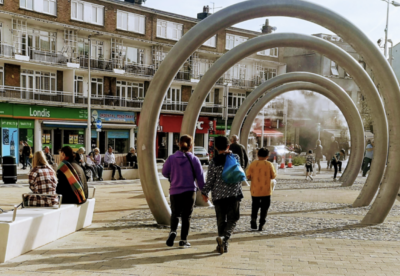

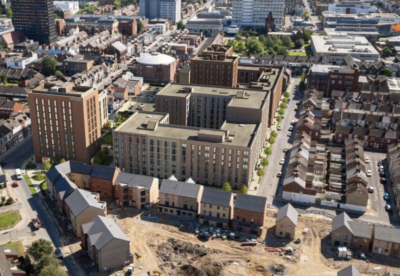


 (300 x 250 px).jpg)
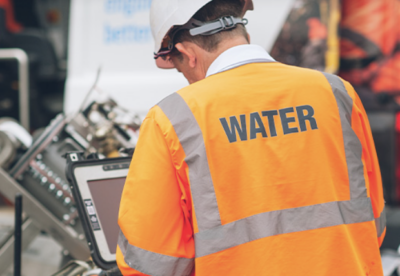


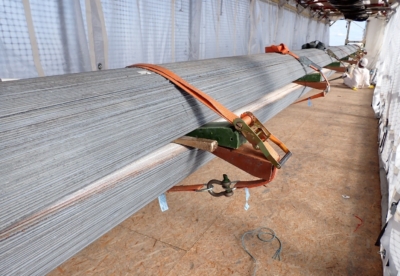





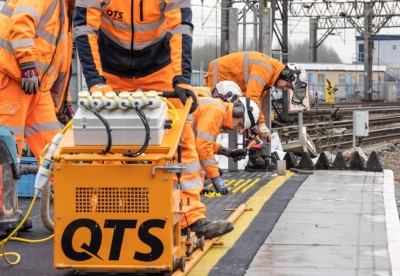






.gif)
